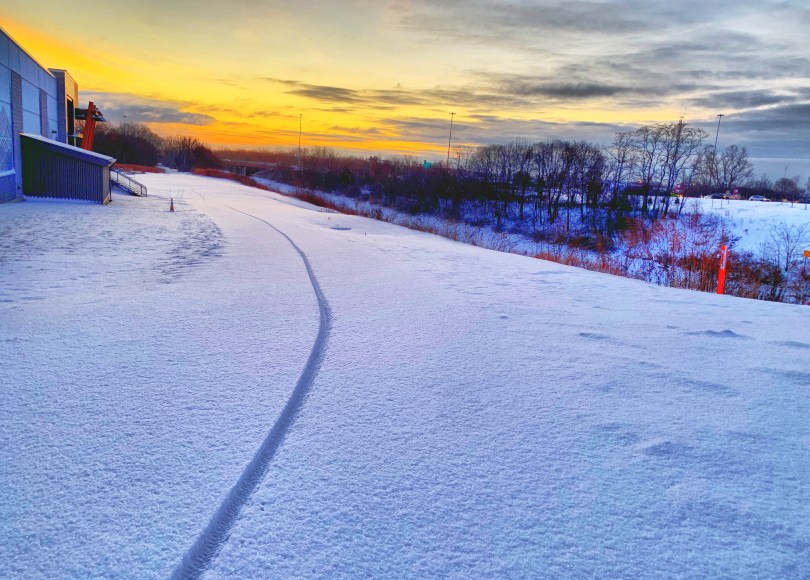
Written by Arian Horbovetz and originally published on The Urban Phoenix blog
I’m pleasantly surprised with the amount of trail creation that is occurring across the United States. Urban paths, trails from former railroad beds, and neighborhood connectors… people are hungrier than ever to explore a new pedestrian or cycling experience. And for those like me, the ever-growing network of trails that can potentially remove us from the dangers of automobile encounters is so incredibly vital.
But as always, I’m going to challenge our townships, counties and cities to think bigger. I’m not spitting in the face of real progress, I’m asking everyone, especially in our denser communities, to consider two standards with regard to trail creation, use and maintenance going forward.
Pave Your Trails
I am so proud of my home city of Rochester and the surrounding towns for making trail creation a priority. There are so many new trails that have popped up in our area, and it’s truly a testament to a handful of amazing people with great vision for healthy recreational use and sustainable transportation. But most of these new trails are unpaved “cinder paths.” While cheaper to construct, they are far less convenient for thin-tire bikes such as road bikes and fix-geared bikes. Furthermore, the new rage of electric micro-mobility (e-scooters, e-skateboards, etc.) has the potential to change the way we move about our communities. But most of these vehicles have small, hard, unforgiving wheels that perform poorly on unpaved surfaces.


For many who are reading this, the response to the sentence above may very well be “GOOD!” The pushback against electric micro-mobility is substantial. But my take is that anything that gets Americans out of their cars is positive. If you want to retain young people in your community, allow for the recreational and practical proliferation of electric micro-mobility. Build for a community that welcomes as many forms of transportation as possible. Only then will a mobility-progressive future be possible.
Plow Your Trails
This is a message specifically directed at northern states that receive significant snowfall. Creating trails that are unusable for 4-5 months during a year is, frankly, a denial of the potential for trails to be year-round public resources for transportation and community health.

Paved trails can be plowed easily, providing local residents a year-round outlet for exercise and safe mobility. In the Greater Rochester New York area, the Empire State Trail (Erie Canalway Trail) is partially paved, but goes unplowed during the harsh winters that can see upwards of 100 inches of snow. The brand new Highland Crossing Trail, which I happily take every day to get to work, is unpaved and unplowed, forcing me onto the busy streets on my bike during the winter months. Again, I appreciate my local governments for being proactive in creating a community resource. I do, however, blame a century of one-dimensional transportation prioritization in the United States that has created the belief that the only way to practically access jobs and resources in our community is via the automobile, the most exclusive, unsustainable and individualistic form of transportation available.

If we truly acknowledged the importance of inclusive mobility, we would readily pave and plow all of our trails, new and old. But as of now, we as a culture would rather see trail creation as a seasonal recreational nicety instead of a legitimate year-round alternative transportation solution. This must change with regard to the future of mobility in our country.


